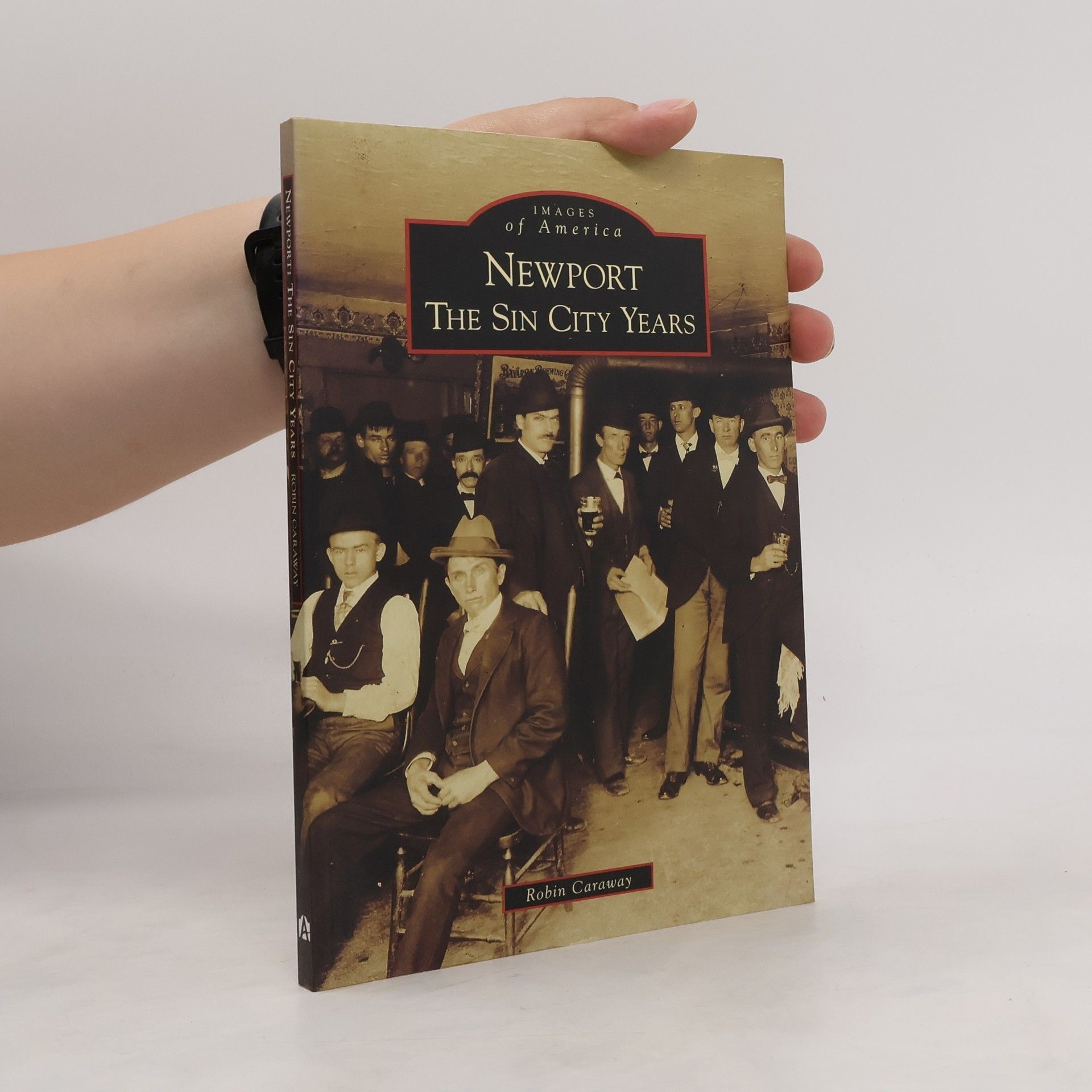Villa Hills
- 130pages
- 5 heures de lecture
Although the small town of Villa Hills was incorporated into a sixth-class city in 1962, the area where the city sits was home to luscious farmland dating back to the time when Kentucky was still part of Virginia. The development of Villa Hills is the story of the birth of a suburb. It is the perfect example of population sprawling away from the larger cities, as people looked for a more rural setting to raise their families. In the late 1950s, what they found was unincorporated Kenton County, bounded by the tiny town of Crescent Springs and the Ohio River. At this pivotal time in the area's history, farmers were beginning to sell their land and builders were breaking ground on three-bedroom ranch homes and four-bedroom two stories. Images of America: Villa Hills presents the history of the farmers who worked the land, the Benedictine sisters who established a monastery, and the young families who worked together to build the city now known as Villa Hills.

